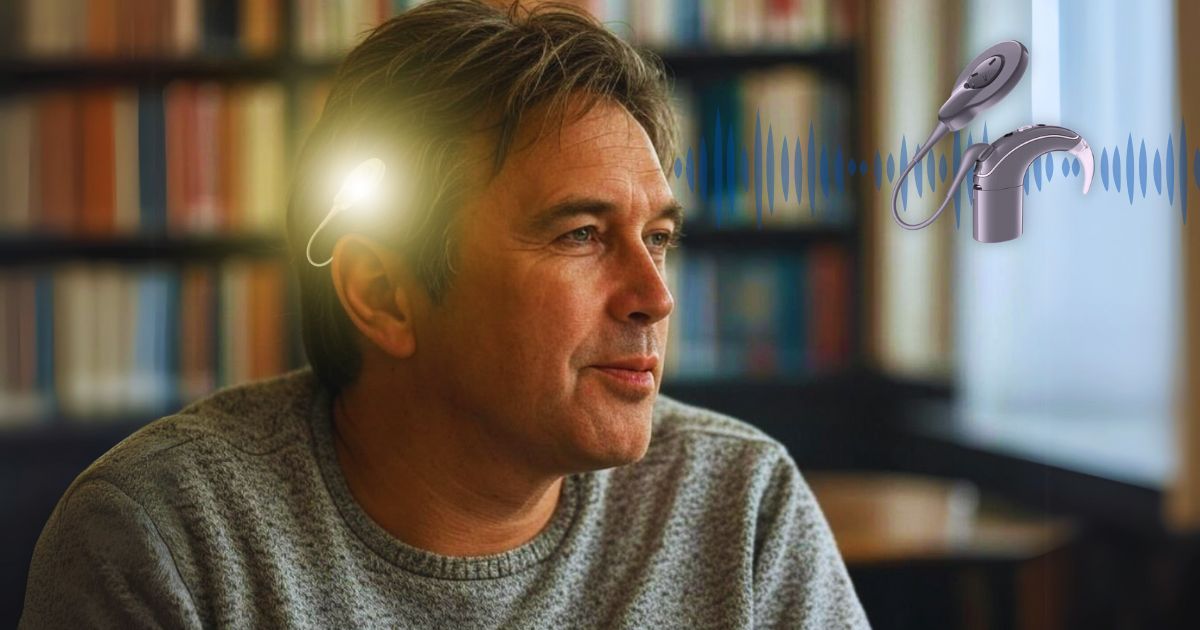A new study has uncovered how electrode placement and advanced programming techniques can significantly enhance music perception for cochlear implant users, offering insights that could reshape personalized hearing solutions.
Published in JAMA Otolaryngology–Head & Neck Surgery, the study by researchers at Vanderbilt University Medical Center and other institutions aimed to address long-standing challenges faced by cochlear implant users in music perception. While cochlear implants have revolutionized speech understanding for individuals with moderate to profound hearing loss, music perception remains highly variable and often disappointing.
Key Findings on Electrode Placement
The research team conducted two experiments with a total of 50 adult cochlear implant users. In the first experiment, they examined how electrode placement affected music perception outcomes. Results indicated that participants with electrode arrays fully inserted into the scala tympani, higher modiolar distances (distance between electrodes and the auditory nerve), and shallower insertion depths demonstrated better music perception.
These positional factors have traditionally been linked to speech perception but now appear equally relevant for music.
Participants who were younger and had post-lingual onset of deafness also displayed better music perception, likely due to prior exposure to musical elements before hearing loss. The findings suggest that personalized electrode placement could optimize outcomes for users, depending on whether their primary focus is speech or music.
Image-Guided Programming Enhances Results
In the second experiment, the researchers evaluated a novel image-guided cochlear implant programming (IGCIP) strategy, which uses computed tomography (CT) imaging to deactivate electrodes causing significant channel interaction.
By improving spectral resolution, this technique allows for more distinct sound frequencies to be delivered to the auditory nerve.
The study found that IGCIP improved melody recognition and, to a lesser extent, pitch discrimination. Participants with electrodes deactivated in the apical region (responsible for low-frequency sounds) showed more significant benefits in pitch perception. This personalized programming strategy offers a potential pathway for addressing the unique challenges of music perception in cochlear implant users.
Clinical Implications
The results of the study have practical applications for both clinicians and patients. For individuals who prioritize music perception, clinicians might consider recommending straight electrode arrays, which typically offer greater channel independence. Conversely, pre-curved arrays and deeper insertion depths may remain the best options for patients focused primarily on speech understanding.
“The findings underscore the need for a personalized approach in cochlear implant programming and counseling,” the authors noted. They emphasized that music perception challenges highlight the limitations of current cochlear implant technology and the importance of ongoing innovation.
Future Directions
The study also points to opportunities for further research and technological development. Larger sample sizes, integration of peripheral and central auditory measures, and advancements in electrode array design could enhance outcomes for both speech and music perception.
As cochlear implant technology continues to evolve, strategies like IGCIP and personalized electrode placement may provide users with a more enriching auditory experience, bridging the gap between speech understanding and the full spectrum of sound, including music.
Reference:
Berg KANoble JHDawant BM, et al. Cochlear Implant Electrode Placement and Music Perception. JAMA Otolaryngol Head Neck Surg. Published online January 09, 2025. doi:10.1001/jamaoto.2024.4761






